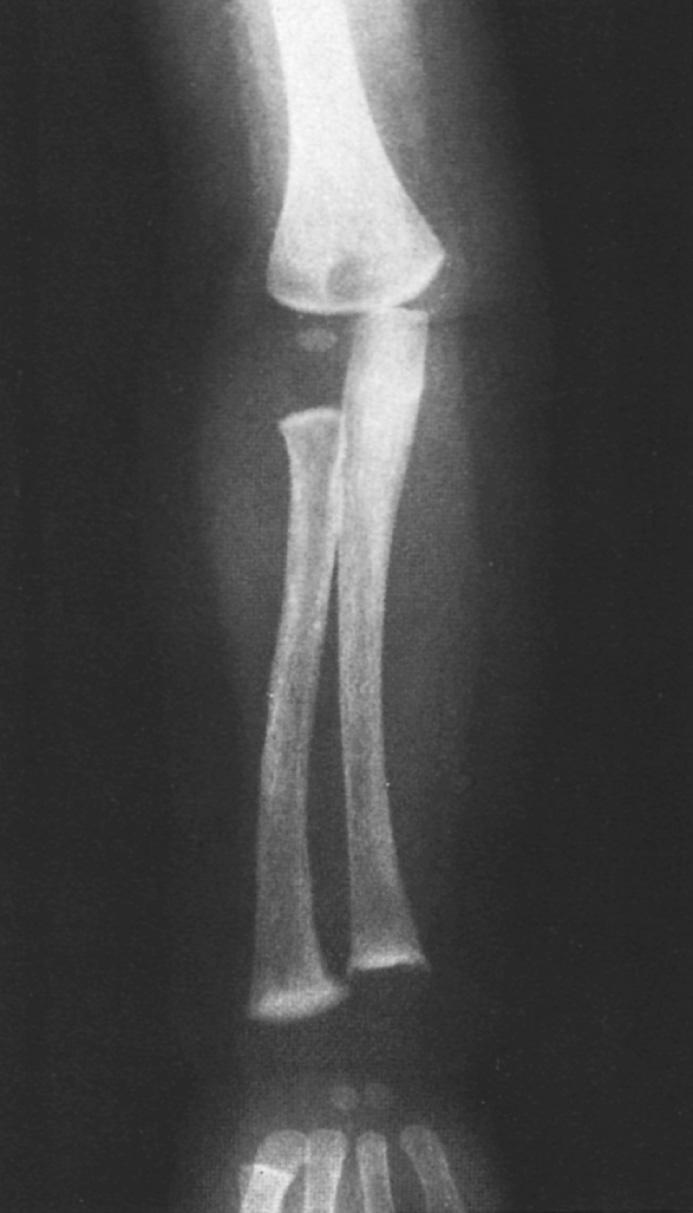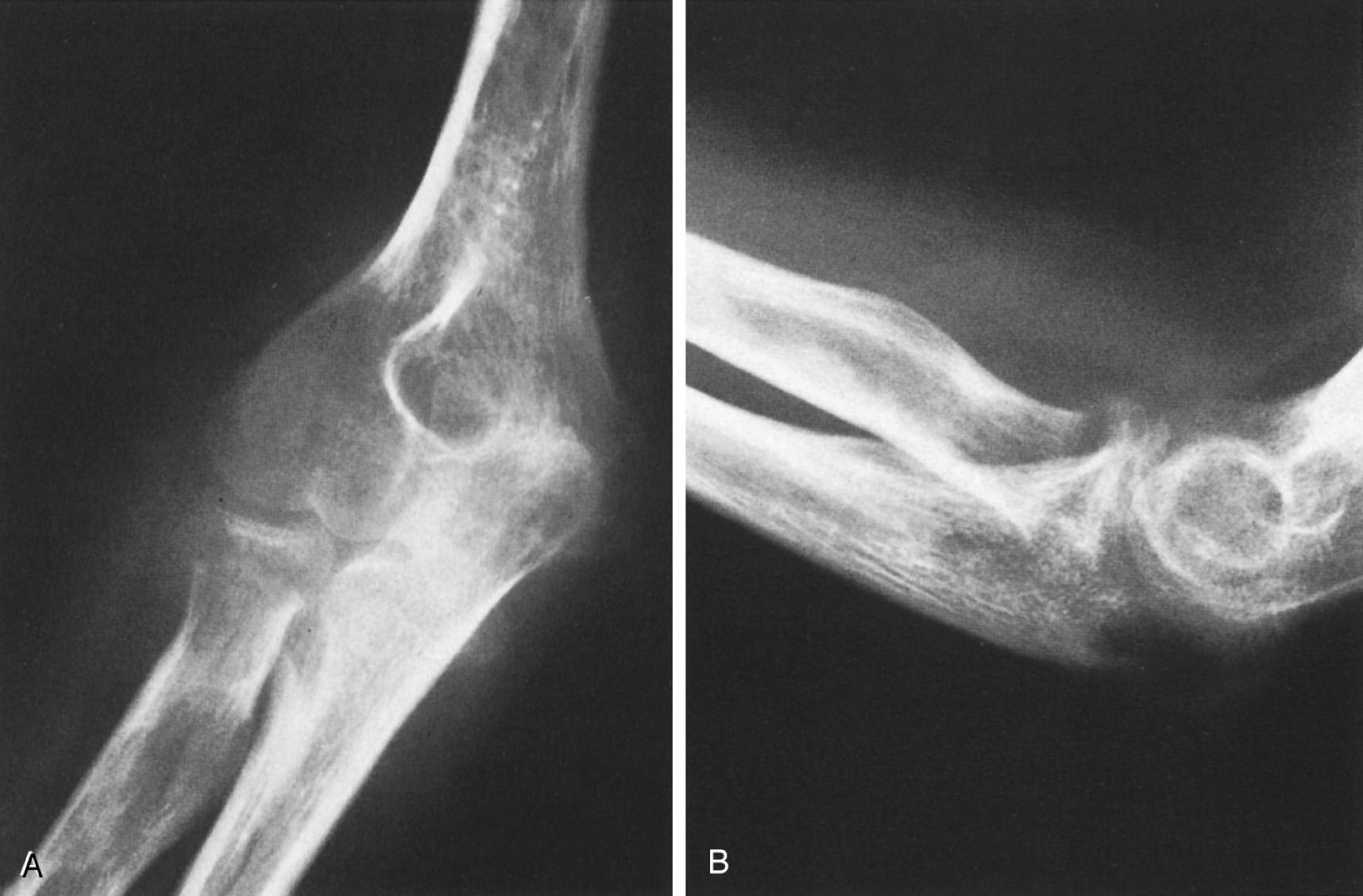Physical Address
304 North Cardinal St.
Dorchester Center, MA 02124
Today it is recognized that most of the metabolic diseases that affect joints, such as the crystalline arthropathies, are covered under the topic of seronegative arthropathy (see Chapter 78 ). Other than the crystalline arthropathies, with the possible exception of tumoral calcinosis, no metabolic diseases have a special predilection for or a characteristic presentation at or about the elbow joint. Therefore, information is rather limited on the effects of metabolic bone disease of the elbow joint. The Mayo Clinic radiographic teaching database does not include this category of elbow involvement. A recent comprehensive review of imaging expressions of metabolic diseases adds little to what has already been described.
A MEDLINE review of all the conditions discussed herein from 1996 to 2015 revealed few citations of any of these conditions related to the elbow. No attempt will be made here to mention all the conditions that might incidentally involve the elbow. However, several conditions are regularly manifested at this joint: gout, pseudogout, and inborn errors of metabolism that cause congenital anomalies (see Chapter 26 ). Paget disease may, of course, involve any part of the body, including the elbow (see Chapter 81 ). Synovial chondromatosis is mentioned here and with discussions of arthroscopic management of loose bodies and malignant conditions (see Chapter 20 ).
It seems appropriate to discuss the appearance and the effect of several of the more common or characteristic metabolic disorders that involve the elbow region and the impact of exogenous treatment with corticosteroid.
In the immature skeleton, vitamin D deficiency typically causes widening of the physis and cupping of the metaphysis, which are well represented at the wrist. Although it has not been emphasized in the literature, rather dramatic widening of the radiohumeral joint is typical of this disease ( Fig. 83.1 ). The deficiency will obviously be better demonstrated in the faster-growing bones, and the physes of the distal part of the humerus and proximal part of the forearm are relatively slow growing. Thus, the manifestations of rickets in the region of the elbow are usually not dramatic.

Classically, vitamin D deficiency of the mature skeleton resulting in the production of uncalcified osteoid may be due to one of several mechanisms: nutritional intake deficiencies, absorption abnormalities, and utilization abnormalities. Dialysis is one of the most common causes of this condition today. Radiographically, marked loss of bone density is usually observed along with coarsening of the trabecular pattern. There are no characteristic features at the elbow ( Fig. 83.2 ). The lack of structural integrity causes bowing deformities of the weight-bearing extremities, but this is uncommon in the upper limbs.

Become a Clinical Tree membership for Full access and enjoy Unlimited articles
If you are a member. Log in here